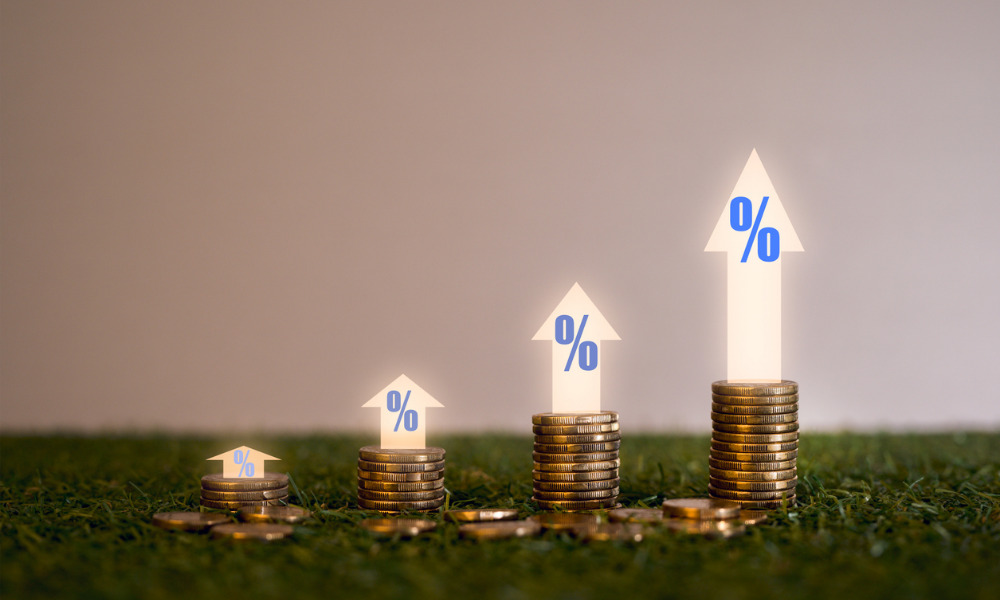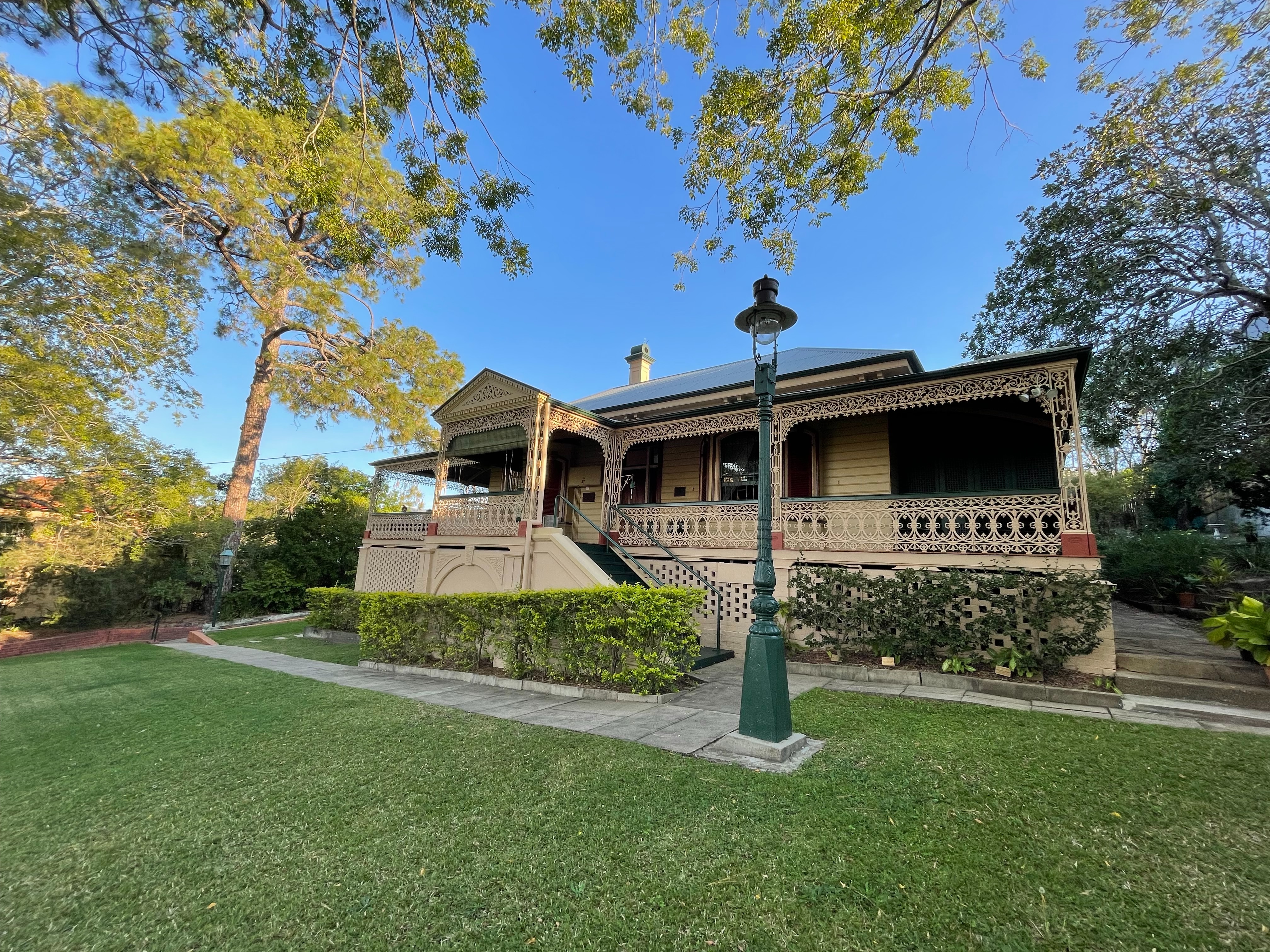Knowing the historical mortgage rates in Australia can help you determine which type of mortgage will be best for you. Here is what you need to know

Looking at historical mortgage rates in Australia has been a way for experts to attempt to predict the future economic cycle.
The economic cycle is made up of highs and lows. When there is a high, economic activity is usually strong, along with higher interest rates. When there is a low, on the other hand, economic activity is weak and interest rates are often lowered to stimulate the economy. It is therefore a good idea to know which economic cycle you are in to lock in your rate when interest rates are lowest.
But what are the historical mortgage rates in Australia? Will mortgage rates go down again in 2023? What about 2024? In this article, we will gain a better understanding of which economic cycle we’re in and where we are likely to go by looking at historical average mortgage rates.
Here is everything you need to know.
What is the historical average mortgage rate in Australia?
The average mortgage rate in Australia decreased from 5.97% in April 2023 to 5.96% in May. Looking back, between 1990 and 2023, the average mortgage rate for three-year loans reached its height at 15.50% and dropped as low as 2.14%.
While those numbers represent rate changes from the 1990s onward, the Reserve Bank of Australia (RBA) has data that goes back to 1959. Mortgage rates rose above 10% for the first time in 1974 and remained high until the mid-1990s. Near the end of the 1990s, mortgage rates levelled off to 6.5% with some consistency. Since the early 2000s, mortgage rates have essentially stayed between the 4.5% and 8% range.
Historical mortgage rates: variable rates vs. fixed rates
Three-year interest rates are considered the most relevant when looking at historical mortgage rates. That’s because the average home loan in Australia runs between three and four years before it is either refinanced, paid out, or the property or properties are sold (and therefore the mortgage is paid out).
If you took out a three-year fixed-rate mortgage between 1990 and 2001, you would have been worse off, since mortgage rates were high in that period. In other words, the trends peaked and then started reducing, which means a fixed-rate mortgage would have been locked in and therefore missed the downwards trend.
If you got a three-year fixed-rate mortgage prior to the peak, you would have been better off. Because the peak was August 2008, the last date to get a fixed mortgage rate would have been August 2005. If you got a fixed-rate mortgage between 2005 and 2008, you would have missed out on the period of lowered interest rates between October 2008 and July 2010.
If you got a fixed interest rate around July 2007 when it was 7.7%, the variable rate applied when your mortgage came out of its fixed rate period. It would have been roughly the same in July 2010 when variable rates were around 7.5%. Since September 2010, three-year fixed-rate mortgages have been less than variable-rate mortgages.
Will mortgage rates go down in Australia in 2023?
Interest rates have increased significantly over the last two years, and it was predicted that variable-rate mortgages could reach as high as 6.86% this year. Experts say it is unlikely that mortgage rates will go down in Australia in 2023. Because the RBA’s cash rate is expected to increase again, variable-rate home loans may rise further. This means a fixed-rate home loan is likely the better option for prospective home buyers who want to purchase a property in the next few years.
However, there may be light at the end of the tunnel. According to predictions by Australia’s Big Four banks, the RBA’s cash rate—and therefore interest rates—could fall again in late 2023 or late 2024. According to forecasting models by the Big Four banks, the cash rate could look like this:
- Commonwealth Bank of Australia (CBA). CommBank predicts the RBA will increase the cash rate by 25 basis points (bps) in July or August, which would bring the cash rate to a peak of 4.35%. However, CommBank also cautioned against the possible risk of the cash rate peaking at 4.60% within that time.
- Westpac. Westpac also predicts an increase in the cash rate of 25 bps in July, bringing the cash rate to a peak of 4.35%.
- National Australia Bank (NAB). Like Westpac and CBA, NAB predicts a cash rate increase of 25 bps in July or August, bringing it to 4.35%.
- The Australia and New Zealand Banking Group Ltd. (ANZ). Like the rest of the Big Four, ANZ predicts an increase of 25 bps to bring the cash rate to 4.35% over the next couple months.
Historical mortgage rates: How the official cash rate affects interest rates
Australia’s banks and other lenders usually add a margin to the official cash rate to arrive at the rate they lend to borrowers. If, for instance, you have a variable-rate mortgage, then your lender will often increase the interest rate when there is a rate increase and decrease the interest rate when there is a cut. It should be noted, however, that financial institutions are not necessarily required to pass on the increases or decreases in full.
What will mortgage rates be in Australia in 2024?
Average mortgage rates in Australia in 2024 will be 4.4% and stay around there into 2025, according to expert predictions. By the end of 2023, borrowers can expect lower mortgage rates, with mortgage rates expected to drop to 5.25% by the end of the year. While this may make variable-rate home loans more appealing, experts say it may still be safter to take out a fixed-rate mortgage.
How high will mortgage rates go in Australia?
When the RBA increases its official cash rate, Australian banks and lenders are usually quick to follow suit and raise the interest rates they charge variable-rate mortgage borrowers. Post-COVID-19 pandemic, the RBA raised the cash rate in May 2022 to fight ballooning inflation.
Because the cash rate increased every month since then, and because mortgage lenders passed on the change(s) in full, the average variable-rate mortgage in Australia became considerably more costly than it was at the beginning of 2022. In June 2023, the RBA hiked the cash rate by 25 basis points to its current level of 4.10%, in keeping with the 25-basis increases that appear to be the standard every month.
While most of the Big Four banks agree that the cash rate will peak at 4.35% by the end of August, CommBank flagged the possible risk of a cash rate hike that would bring the peak to 4.60%.

What are some tips to navigate changing mortgage rates?
Regardless of the current economic cycle and potential RBA’s increases, there are steps that you can take to navigate changing mortgage rates. Here are ways to prepare for possible changes to the mortgage rates:
- Make extra mortgage repayments
- Refinance your mortgage
- Switch to a lower mortgage rate (but maintain higher repayments)
Let’s take a closer look at each so that you are prepared:
Make extra mortgage repayments
If feasible, making extra mortgage repayments is one of the best ways to chip away at your mortgage principal and even reduce the interest you are charged. However, it is important to know whether your specific mortgage will allow you to make extra repayments without an additional charge. Before proceeding down this track, you should check your product disclosure statement (PDS). If possible, even smaller repayments of $50 per week could go a long way over the life of your loan.
Refinance your mortgage
You may want to consider refinancing your mortgage if you are struggling to make your monthly mortgage repayments due to higher interest rates. This would also make sense if you have been repaying your mortgage for a significant period and have built up equity. In times of rising mortgage rates, going with a lower rate mortgage could offer your budget some much-needed relief. Also, most lenders will offer newer clients their most competitive rates to encourage them to sign up.
Switch to a lower mortgage rate (but maintain higher repayments)
For this option, you can either call your lender to ask about a rate cut or consider the above option, i.e., refinancing to a lower-rate mortgage. If you can make the move without paying additional charges, you can then continue to make the same higher mortgage repayments you were making on your previous home loan.
While there are steps that you can take to alleviate the financial strain of increased mortgage rates, it is also critical to be aware of the different factors that could impact your rates. This is especially true if you are a prospective home buyer and are deciding between a variable-rate mortgage and a fixed-rate mortgage. Looking at historical mortgage rates in Australia to understand economic cycles will help guide you in your decision making.
Changing mortgage rates can be a very tricky road to navigate, and we advise you to speak to the best mortgage professional in your area for assistance. They can help you see the bigger picture.
Do you have experience navigating mortgage rates in Australia? Let us know in the comment section below.



